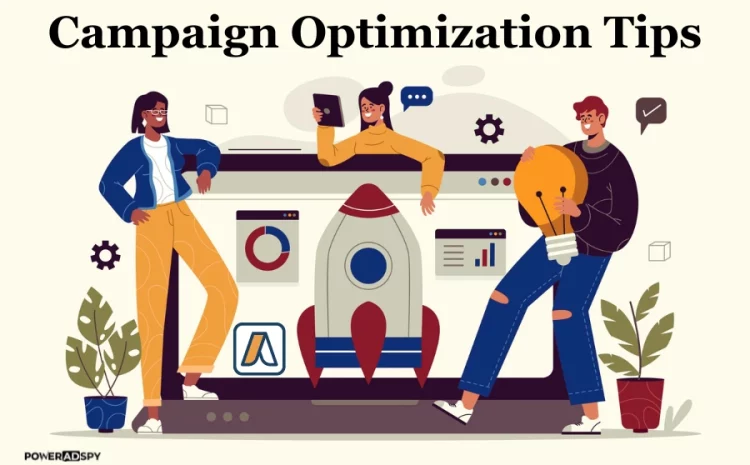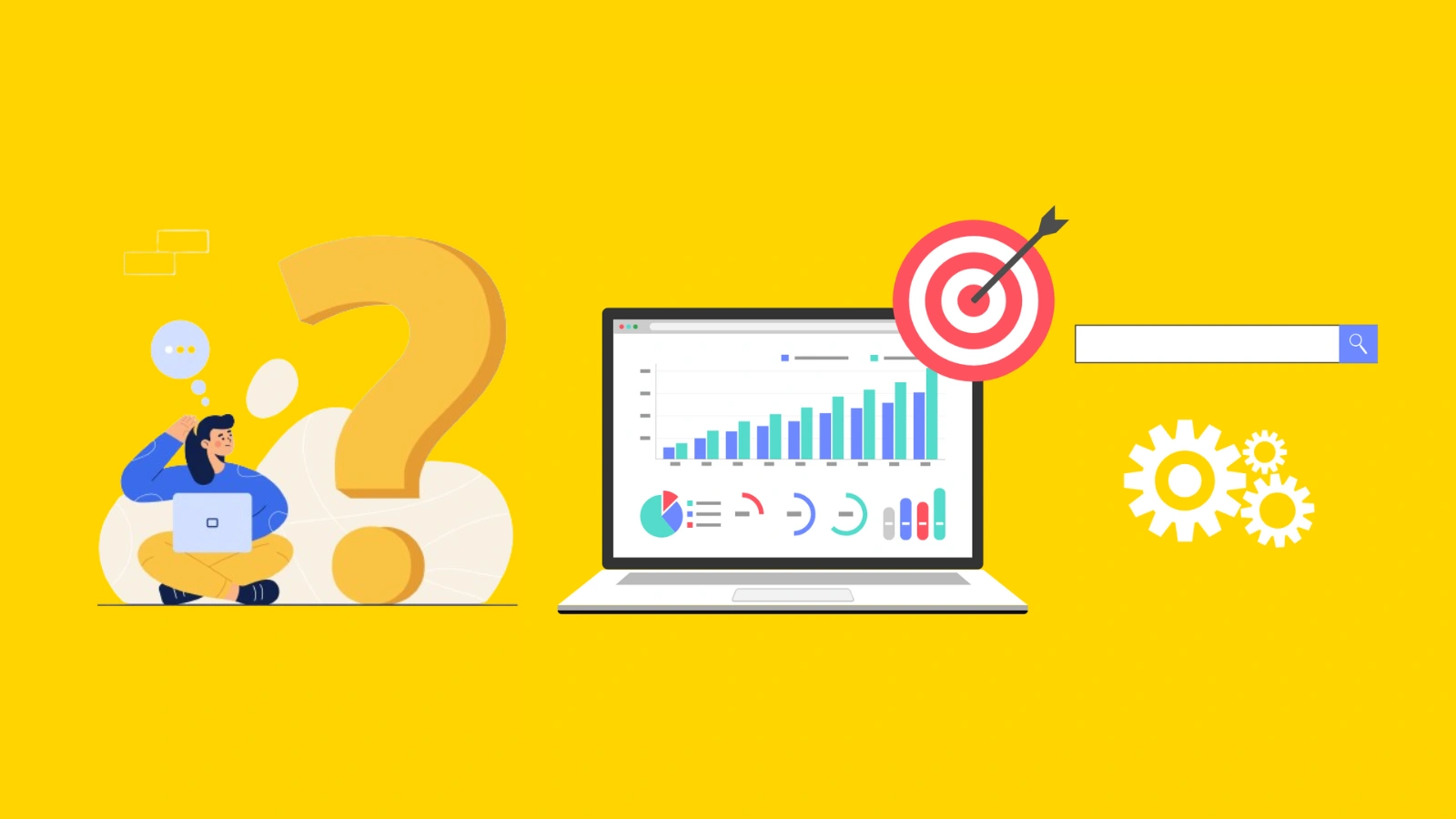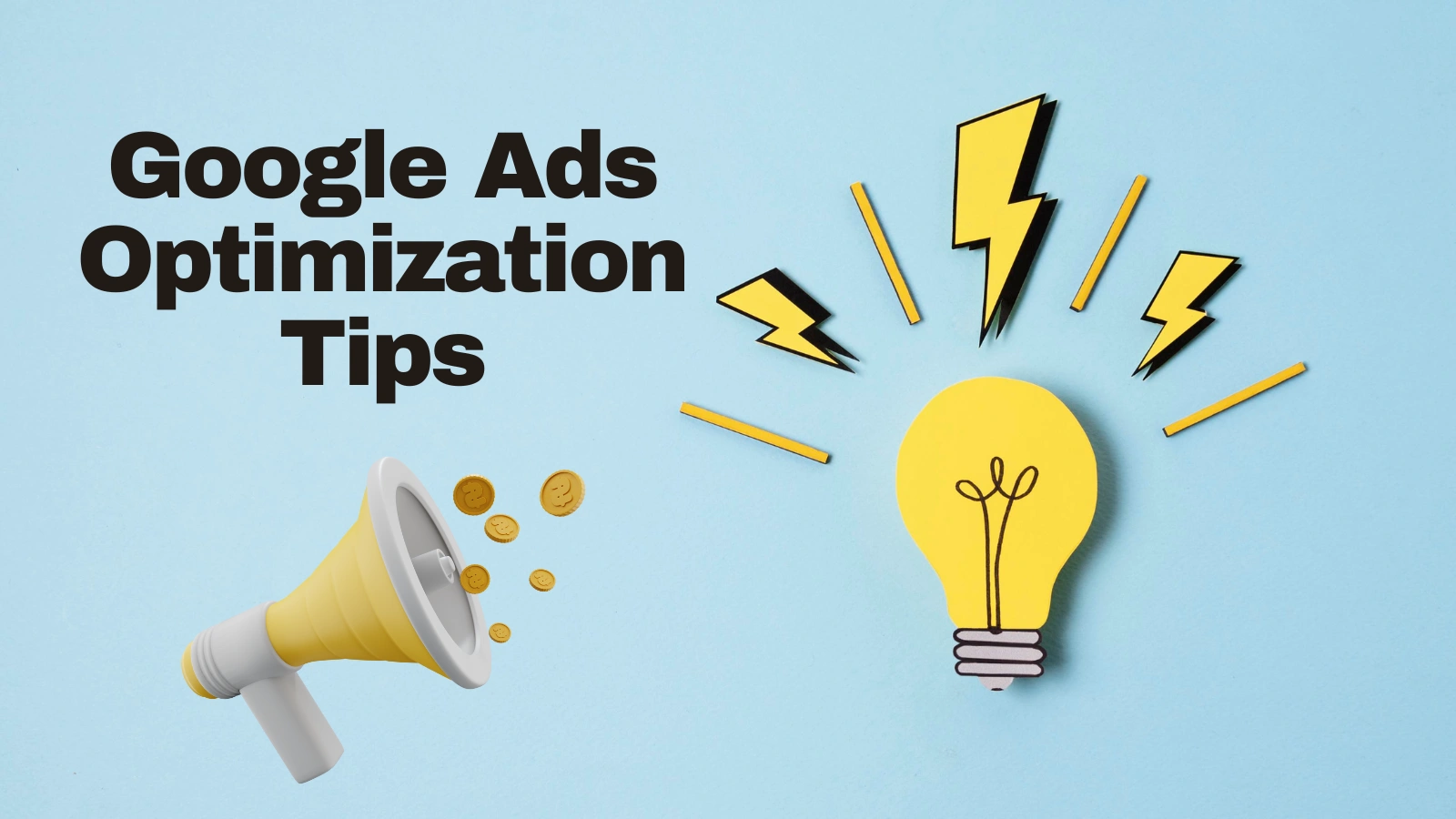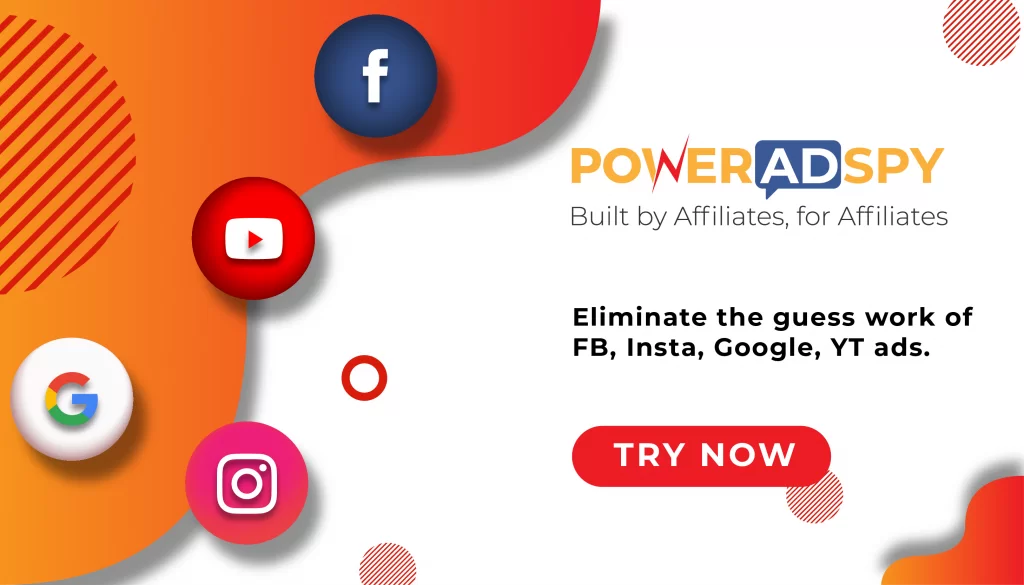Google Ads Campaign Optimization: Checklist & Actionable Tips
With the rapid evolution of digital marketing, Google Ads remain one of the most powerful marketing tools for businesses. Crafting a compelling ad campaign is just the first step; the real challenge lies in campaign optimization for maximum performance.
If you are looking to overcome this challenge and eager to go beyond just crafting an ad campaign and truly elevate its performance, you’ve landed on the right platform. This blog is your guide to unlocking the secrets of optimization that will take your campaign from good to extraordinary.
Throughout this post, we will explore why and how to do campaign optimization of Google Ads, providing you with a comprehensive checklist, actionable tips and details on an ad intelligence tool to enhance your campaign’s effectiveness.
In a hurry? Listen to the blog instead!
Why Do You Need To Optimize Google Ads?
Running a Google Ads campaign without regular optimization is like driving a car without ever checking the engine. It might work for a while, but to ensure sustained success, periodic tuning is crucial. Here are some compelling reasons why you need to prioritize optimizing your Google Ads campaign:
Cost Efficiency
Google Ads campaign optimization helps you allocate your budget more effectively. When you identify underperforming keywords or ads, you can reallocate resources to areas that generate better results. This ensures that you’re getting the most out of every advertising dollar.
Improved Ad Relevance
Google rewards ads that are relevant to users with higher Quality Scores. Quality Score is a metric that takes into account the relevance of your ad, the quality of your landing page, and the historical performance of your campaigns. Higher Quality Scores can lead to better ad placements and lower costs per click.
Better Targeting
Campaign optimization allows you to fine-tune your targeting parameters. Whether it’s refining your audience demographics, adjusting geographical targeting, or excluding irrelevant placements, optimizing your campaign ensures that your ads are reaching the right people at the right time.
Stay Ahead of Competitors
The digital landscape is dynamic, with competitors competing for the same audience. Regular optimization helps you stay ahead by adapting to changes in the market and consumer behavior. This agility is crucial for maintaining a competitive edge.
Maximize Conversions
Ultimately, the goal of any advertising campaign is to drive conversions.
Optimization enables you to identify what works and what doesn’t, allowing you to focus on strategies that lead to higher conversion rates. This is particularly important for businesses looking to maximize their return on investment (ROI).
How Often Should You Optimize?
The frequency of Google ads campaign optimization depends on various factors, including the size of your campaign, your industry, and the competitiveness of your keywords. However, as a general guideline, it is advisable to perform optimization tasks every month at the very least.
By following a systematic optimization approach, you ensure that your Google Ads campaign remains agile and responsive to the ever-evolving digital landscape.
19 Google Ads Optimization Tips
Optimizing your Google Ads campaigns is crucial for achieving better results and maximizing your return on investment (ROI). Here are 19 Google Ads optimization tips to help you improve the performance of your campaigns:
Conduct Thorough Keyword Research
The foundation of any successful Google Ads campaign optimization lies in comprehensive keyword research. Identify keywords that are relevant to your business and have a high performance potential. This strategic approach ensures that your ads are visible to the right audience, increasing the likelihood of conversions.
Regularly Review Negative Keywords
Continuously refine and update your negative keyword list to exclude irrelevant traffic. This proactive step enhances ad targeting, ensuring that your budget is allocated to users who are genuinely interested in your products or services.
Test and Refine Ad Copies
Experiment with various ad copies to identify the ones that resonate best with your audience. Craft compelling headlines and incorporate clear calls-to-action to entice users and encourage click-throughs for better campaign optimization.
Optimize Landing Pages for Conversions
Ensure that your landing pages are relevant and user-friendly and optimized for conversions. Align the content and messaging of your landing pages with your ads to create a seamless user experience.
Leverage Ad Extensions
Enhance the visibility of your ads by incorporating various ad extensions, such as site link extensions, callout extensions, and structured snippet extensions. This additional information provides users with a more comprehensive understanding of your offerings.
Focus on Quality Score Improvement
Dedicate efforts to improving your Quality Score by creating relevant ads, utilizing targeted keywords, and optimizing landing pages for a positive user experience and campaign optimization. A higher Quality Score positively impacts ad placement and lowers costs.
Analyze and Adjust Ad Schedules
Examine optimize campaign performance by day and time to identify peak activity periods. Adjust your ad schedule accordingly to maximize visibility when your audience is most active.
Set Up Remarketing Campaigns
Engage with users who have previously visited your website by setting up remarketing campaigns. Tailor your Google retargeting ads based on their behavior to rekindle interest and drive conversions is a smart campaign optimization strategy.
Tailor Bids Based on Device Performance
Optimize your bids based on device performance by considering separate campaigns for mobile and desktop users. This tailored approach ensures that your advertising strategy aligns with user behavior on different devices.
Refine Location Targeting Settings
Review and refine your location targeting settings to concentrate on areas that generate the most valuable traffic. This campaign optimization targeted approach helps you allocate resources where they are most likely to yield positive results.
Utilize Automated Bidding Strategies
Explore automated bidding strategies, such as Target CPA or Target ROAS, to optimize bids based on your specific performance goals. These strategies leverage machine learning to maximize the effectiveness of your budget.
Implement Conversion Tracking
Accurately measure campaign success by implementing conversion tracking. This invaluable data allows you to make informed optimizations, ensuring that your advertising efforts align with your business objectives.
Conduct Ad Placement Analysis
Evaluate the performance of your ads on the Google Display Network. Exclude underperforming placements and focus your efforts on platforms that consistently generate positive results.
Experiment with Ad Rotation Settings
Diversify your ad rotation settings to identify the most effective approach for your goals. Whether optimizing for clicks, conversions, or an even rotation, continuous experimentation is key to finding the ideal strategy.
Allocate Budget Based on Performance
Strategically allocate your budget based on the performance of individual campaigns. Invest more in high-performing campaigns while considering pausing or adjusting those that are not meeting expectations.
Maintain a Well-Organized Ad Group Structure
Organize your ad groups meticulously, using tightly themed keywords. This organizational campaign optimization strategy enhances ad relevance, positively influencing quality score and campaign performance.
Keep Tabs on Competitor Strategies
Monitor your competitors’ strategies by analyzing their keywords, ad copies, and landing pages. You can leverage Google ad spy tools like PowerAdSpy to gain a competitive edge of the market. This competitive intelligence tool provides valuable insights for refining your own campaigns and staying ahead in the market.
PowerAdSpy is like a secret weapon for checking out what your competitors are up to with their Google ads. It helps you get a good look at their ad campaigns so you can see what’s working for them.
The cool thing about PowerAdSpy is that it gives you Google ads updates in real-time, so you always know what’s happening right now. And it’s super easy to use, even if you’re not a tech whiz.
With PowerAdSpy, you can peek at your competitors’ ads, figure out what’s making them successful, and then tweak your own ads to be even better. It’s like having a spy on your side to help you win in the online advertising game.
Implement Ad Placement Exclusions
Exclude irrelevant websites and apps where your ads may be displayed. This strategic move ensures that your ads are showcased in environments that align with your brand and target audience.
Establish a Regular Ad Testing Schedule
Set a consistent schedule for ad testing to keep your ads fresh and explore new strategies for improved performance. Continuous testing allows you to adapt to changing market dynamics and consumer behaviors.Remember, continuous monitoring and testing are the answer to your how to optimize ad campaign. Regularly analyze your data and adjust your strategy accordingly to stay ahead in the competitive landscape.
Read More
7 Google Ads Optimization Tips to Boost Your ROI Now
All-In-One Guide To Using Google Ads (Formerly Known As Google Adwords)
7 Important Google Ads Updates You Need To Know
Conclusion
Campaign Optimization of your Google Ads is not a one-time task but an ongoing process that requires dedication and attention to detail.
By following the checklist and implementing the actionable tips we provide in this blog, it is easy for you to elevate your campaign’s performance, reduce costs, and drive more conversions.
Remember, the digital landscape is dynamic, and staying ahead requires a combination of strategic planning, regular optimization, and leveraging ad spy tools like PowerAdSpy to gain a competitive edge.
As you navigate the world of Google Ads, use the insights gathered from optimization to refine your strategies and ensure that your campaigns not only meet but exceed your business objectives.
The key to success lies in creating compelling ads, continually refining and performing campaign optimization to stay ahead of the competition.











